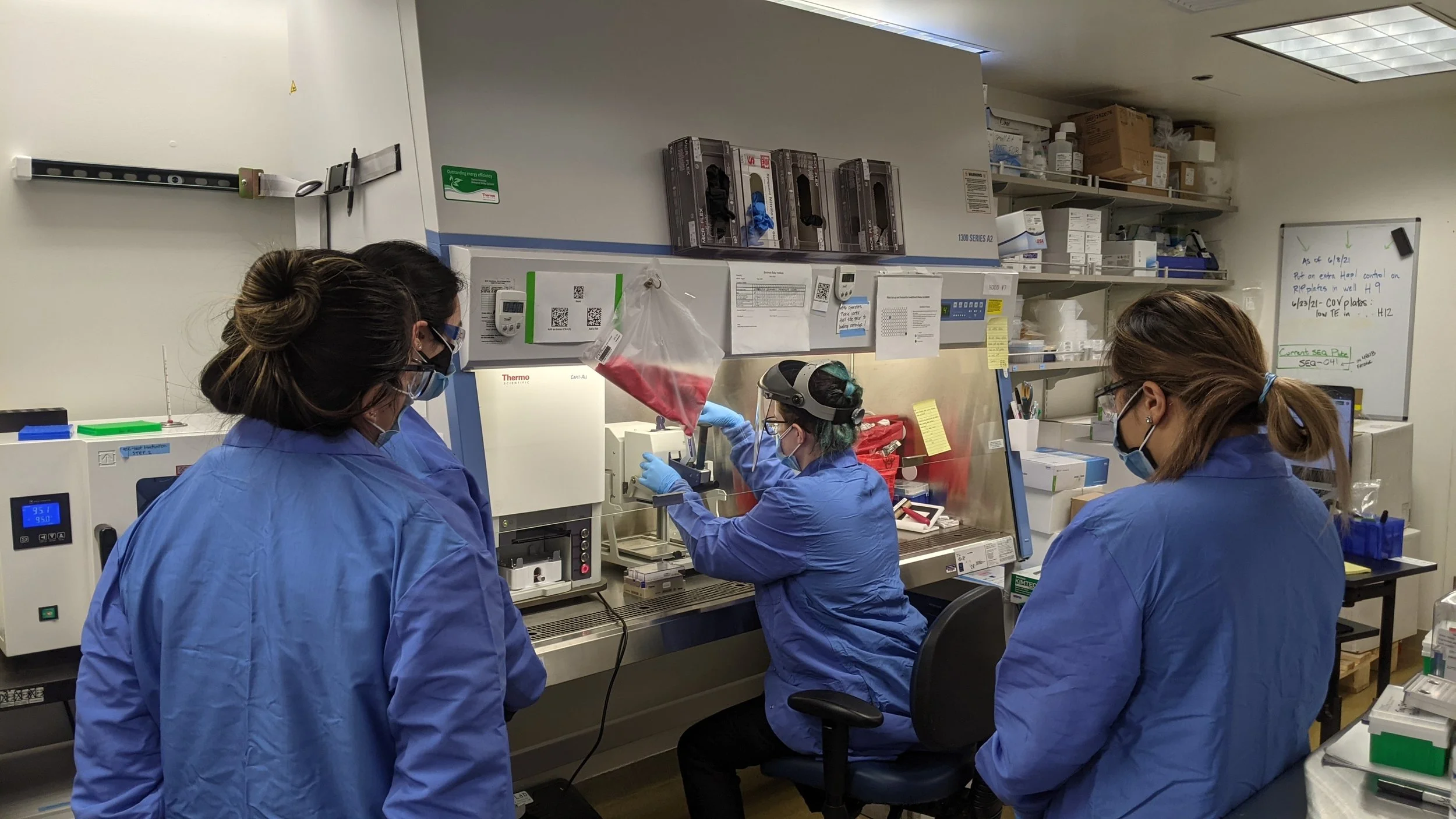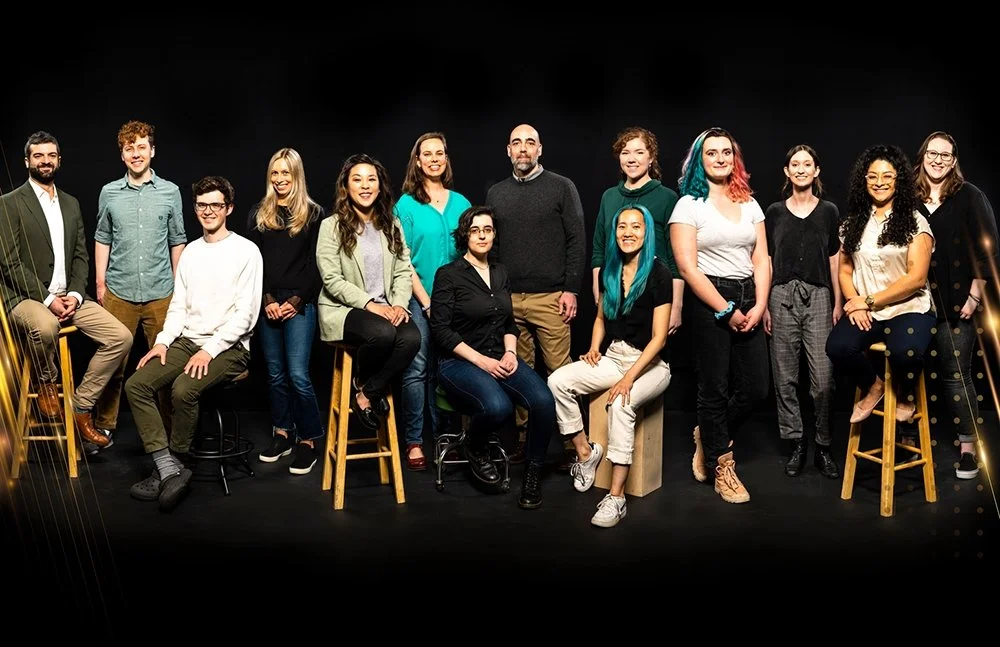Pathogen Detection
The team started in 2018 as a research-only surveillance platform for respiratory pathogen detection and influenza sequencing, but quickly shifted into clinical-grade testing as the COVID-19 pandemic erupted. Since the onset of the pandemic, the team developed new assays and workflows to allow for high throughput testing even under supply constraints. The team incorporated robotics and more efficient informatics to allow for more testing with fewer hands-on staff. In recent years, the team pivoted back to a multi-pathogen focus, creating and deploying a multiplexed SARS-CoV-2, RSV, and influenza assay (CRI) and demonstrating the efficacy of a new pathogen sequencing technique (MIPS). For its six year run, the pathogen detection laboratory supported testing and sequencing efforts across major studies including the Seattle Flu Study/Alliance, Husky Coronavirus Testing, and the CASCADIA Study.
The team ran clinical-grade and research-only pathogen detection assays for a broad array of respiratory pathogens. For key pathogens, the team performed whole genome sequencing, which helped support colleagues working on molecular epidemiology.
The team supported testing for long-running studies on pathogen prevalence and spread, but also pivoted to support emerging disease response.
Achievements
The team detected the first known community transmission of SARS-CoV-2 in the U.S. This finding helped sound the alarm for the ongoing spread of COVID-19 in the U.S. in February of 2020.
In the early pandemic, the team supported testing for skilled nursing facilities, schools, and shelters. The team also provided testing for the Husky Coronavirus Testing Study, which helped monitor the prevalence of COVID-19 on the UW Campus. The team was recognized with the UW’s 2023 Award of Excellence Distinguished Staff Award.
Through new testing workflows, ongoing surveillance platforms, and rapid sequencing, the team reported on the emergence of Omicron, the return of RSV and influenza in the general population, and detectable RNA of H5N1 avian influenza in commercially available cow milk. These feats were made possible through close collaboration with colleagues at the Fred Hutch, Seattle Children’s Hospital, and UW Virology.

